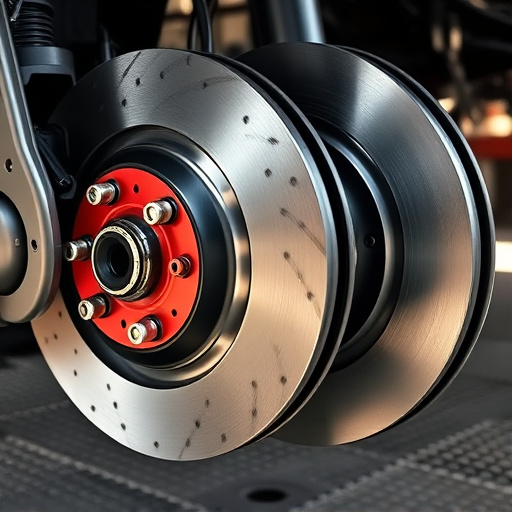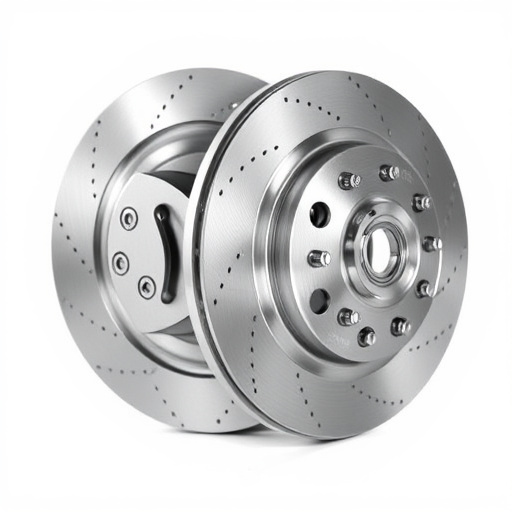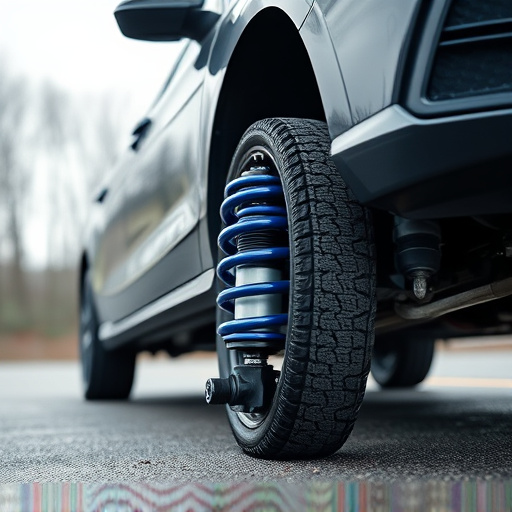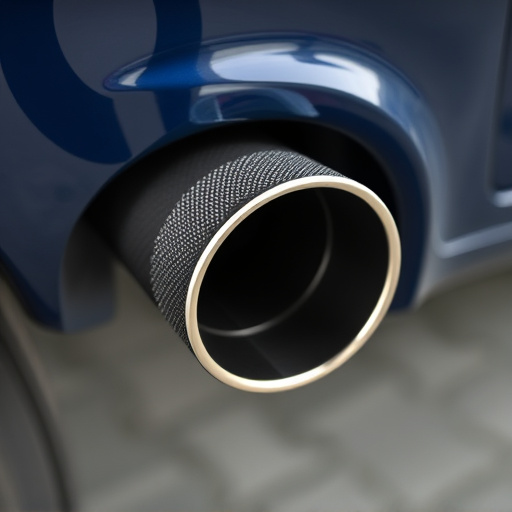Performance exhaust parts, such as headers, manifolds, converters, mufflers, and tips, boost engine performance by optimizing gas flow, reducing backpressure, and improving combustion, leading to better fuel economy at higher RPMs. While these upgrades offer significant power gains, they can decrease mileage due to added resistance. Balancing performance and fuel efficiency is crucial for drivers seeking optimal performance without compromising fuel consumption.
Performance exhaust parts have become a popular upgrade for car enthusiasts seeking improved engine performance. This article delves into the intricate relationship between these components and fuel economy, offering a comprehensive guide for beginners. We explore how specific design features of performance exhaust systems directly influence fuel efficiency, providing insights into the power-to-economy trade-offs associated with such upgrades. By understanding these dynamics, drivers can make informed decisions regarding their vehicle modifications.
- Understanding Performance Exhaust Parts: A Beginner's Guide
- How These Parts Directly Affect Fuel Efficiency
- Exploring the Trade-Offs: Power vs. Fuel Economy with Performance Exhaust Upgrades
Understanding Performance Exhaust Parts: A Beginner's Guide
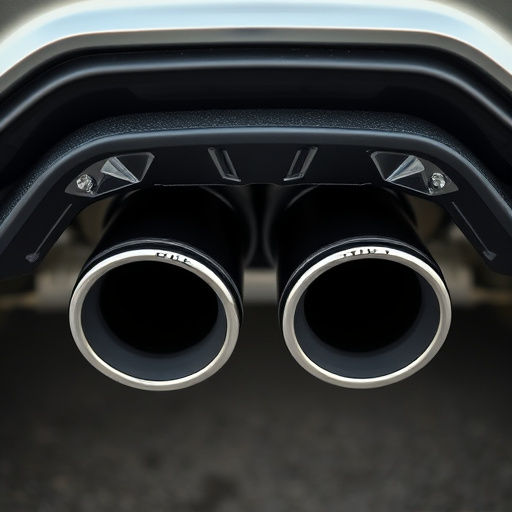
Performance exhaust parts are components designed to enhance the performance and efficiency of a vehicle’s engine. These include headers, exhaust manifolds, catalytic converters, mufflers, and tips. They work by optimizing gas flow, reducing backpressure, and improving combustion, ultimately leading to increased horsepower and torque. For beginners, it’s essential to understand that not all performance exhaust parts are created equal; high-quality components can significantly impact fuel economy without compromising power.
When considering performance exhaust upgrades, such as air filter kits, suspension kits, or air intake systems, it’s crucial to balance performance gains with fuel efficiency. Well-designed exhaust systems can reduce backpressure, allowing the engine to breathe more efficiently. This results in better combustion and improved fuel economy, especially at higher RPMs. Additionally, some performance exhaust parts come with advanced technologies that minimize emissions while enhancing overall vehicle performance.
How These Parts Directly Affect Fuel Efficiency
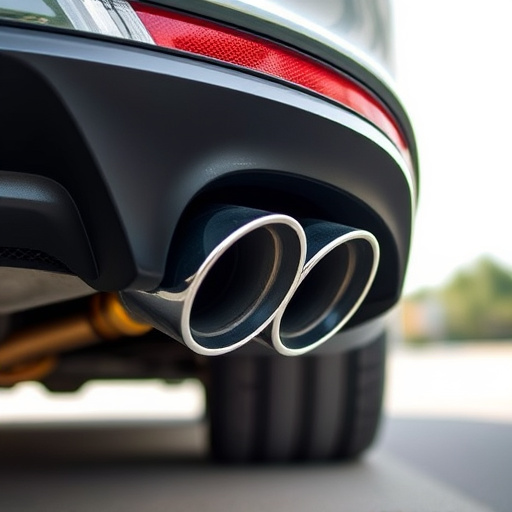
Performance exhaust parts play a pivotal role in enhancing fuel efficiency by optimizing the flow of gases within an engine. These components, such as headers, catalytic converters, and mufflers, are designed to reduce backpressure, allowing for more efficient combustion. When air intake systems and performance brakes work in harmony with these exhaust parts, it results in improved torque delivery and power output. The synergy between these elements contributes to better fuel burning, leading to significant gains in miles per gallon.
Moreover, high-quality brake rotors, integral to the overall performance package, ensure precise and responsive braking, reducing the energy wasted during deceleration. This, combined with efficient exhaust systems, ensures that a vehicle can maintain speed with reduced fuel consumption. In essence, by enhancing both the intake and exhaust processes, performance exhaust parts directly impact fuel economy, making them essential upgrades for eco-conscious drivers seeking optimal performance without compromising on mileage.
Exploring the Trade-Offs: Power vs. Fuel Economy with Performance Exhaust Upgrades
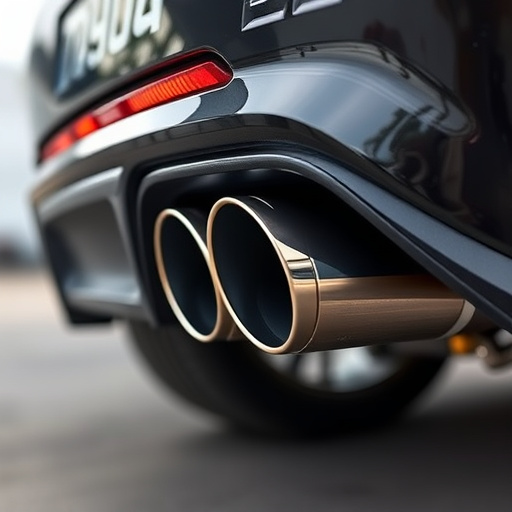
When it comes to enhancing a vehicle’s performance, many enthusiasts turn to upgrades like performance exhaust parts. While these modifications can significantly boost power and torque, they often present a trade-off with fuel economy. The relationship between engine performance and fuel efficiency is a delicate balance; every improvement in one area may require a sacrifice in the other.
For instance, high-flow exhaust mufflers designed to reduce backpressure can improve engine breathing, leading to increased horsepower. However, this direct route to boosting power usually results in slightly lower fuel mileage due to the added resistance and weight of the upgraded exhaust system. Similarly, while performance brakes are essential for track days, their installation might contribute to reduced fuel economy by increasing the vehicle’s overall drag. Therefore, enthusiasts must carefully consider these trade-offs, ensuring that their desired performance upgrades align with their driving needs and budget.
Performance exhaust parts can significantly impact a vehicle’s fuel economy, offering a compelling trade-off between power and efficiency. By understanding how these components optimize gas flow and reduce backpressure, drivers can make informed decisions to enhance their vehicle’s performance while minimizing fuel consumption. In the pursuit of better mileage, integrating high-quality performance exhaust upgrades is a strategic move that promises both improved driving experience and cost savings over time.








